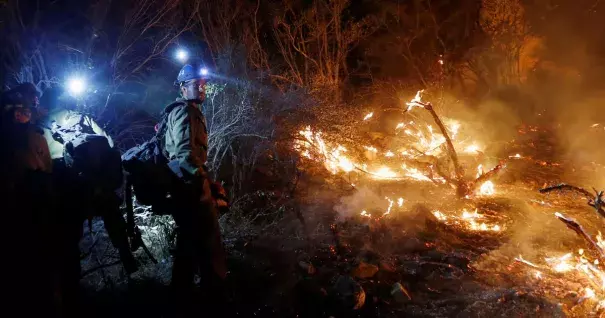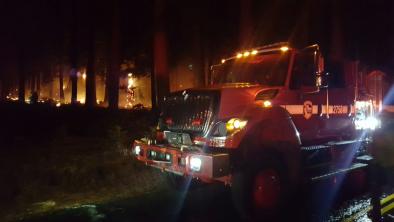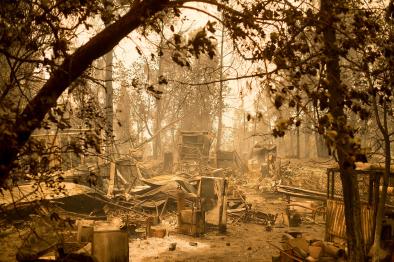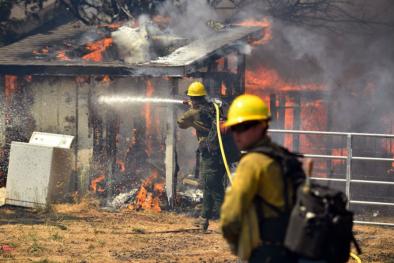Summer of Hell and High Water Shows Climate Change Is Here

Southern California was ready to burn. El Niño rains that topped off reservoirs in the north of the state barely drizzled down south, leaving the region in a worst-in-centuries drought. By June, tree die-off in state forests, accelerated by bark beetles feasting on dry pines, had more than doubled from 2015, topping 66 million. Record heat – 122 degrees in Palm Springs – pushed the extreme fire conditions typical of September and October into midsummer. So when sparks hit the ground in August, fires across the state literally exploded. "It's almost like the mountains are just doused in gasoline," said one fire captain...
It may seem far-fetched that global warming is producing both megafires and superstorms. But climate scientists say the same thermodynamics are driving both disasters. Simply put, a hotter atmosphere demands more water. In the drought-prone West, it sucks soils, shrubs and trees bone-dry – setting the stage for fire. A 2015 Columbia University study found California's drought was up to 25 percent more severe due to global warming.
...
In a wet environment like the coastal South, the atmosphere can become supersaturated. As the world has warmed, extreme rain events have spiked in the Southeast, making a mockery of traditional storm-risk metrics. The Louisiana superstorm was the second "one-in-1,000-year" rainfall event to hit the state this year alone. In South Carolina, another one-in-1,000-year event dropped 26 inches of rain last October
Related Content





